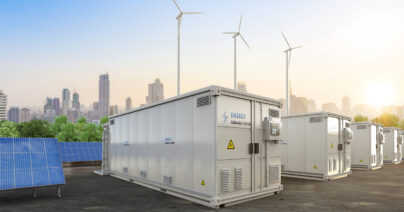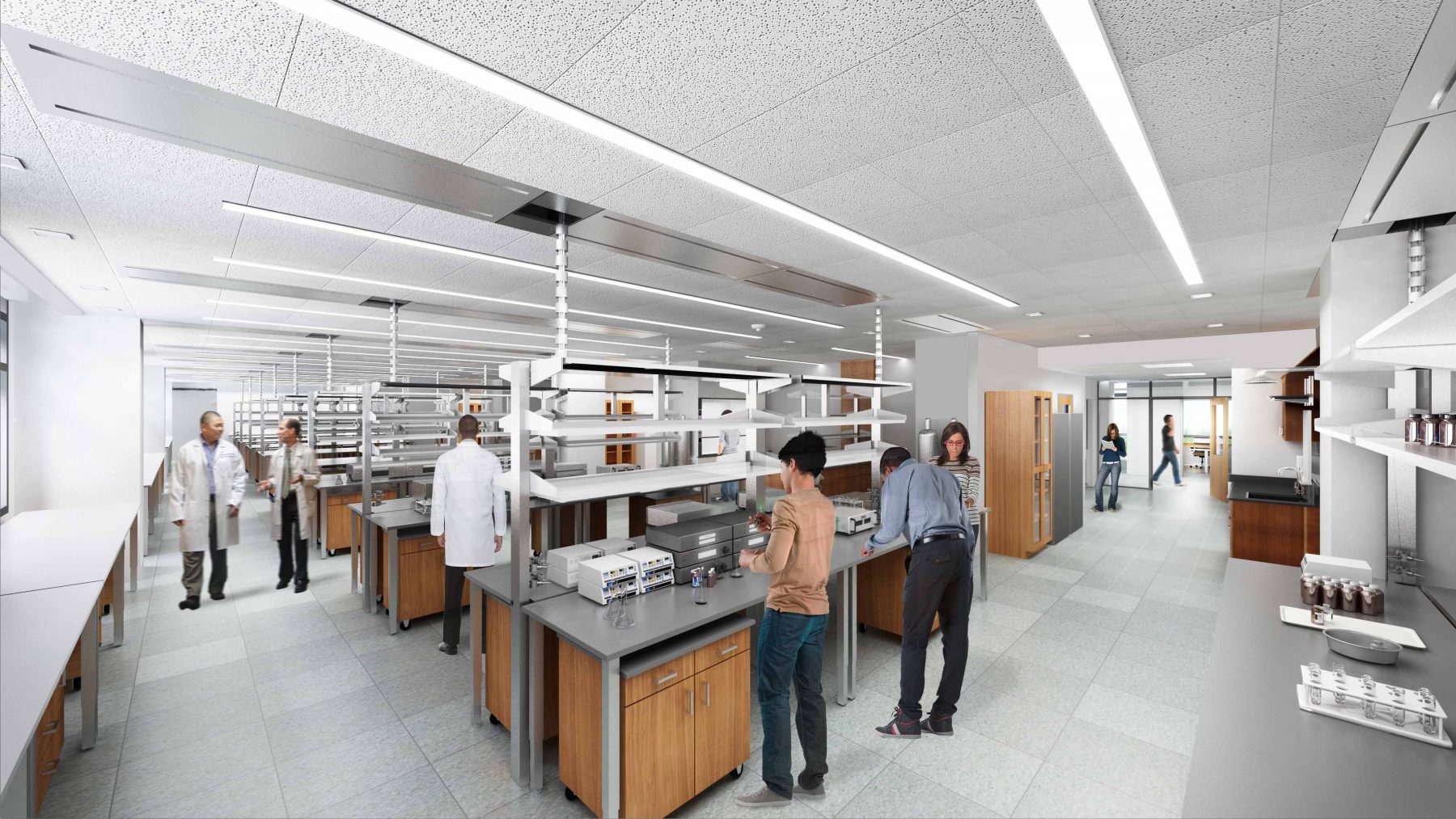 Articles
Articles
Battery Energy Storage Systems (BESS): Charged Up for Noise Control
Methods for storing energy have been employed for decades in the form of pumped hydroelectric reservoirs, compressed air, or via thermal energy transfer. Today we can…

NEW HAVEN, Conn. — Science is an inherently noisy busy business (what with the requisite machinery involved and occasional exclamations of “Eureka!”). Couple that with the chatter of 20-somethings in a university environment and the decibels can reach 1970s-era Led Zeppelin levels.
Fortunately, firms such as Acentech, a multidisciplinary acoustical consulting firm with offices along the East Coast as well as one in Los Angeles, provide architectural acoustics, A/V design, noise control and vibration control for a variety of commercial interior settings. The firm is also deep into the educational market, including a flagship project now underway in New Haven: the new Science Building at Yale University.
The new seven-story, 277,550-square-foot, facility was designed by architecture firms Pelli Clarke Pelli and Stantec (both of which have offices in New Haven), and reimagines the existing J.W. Gibbs Laboratory into a state-of-the-art center for collaborative scientific research. The new building will include a 500-seat lecture hall, aquatics and insect labs, quantitative biology center, imaging suites, shared commons and a rooftop greenhouse. To wit, it will be loud. To address the noise, Acentech is providing highly absorptive finishes, wall construction and even mechanical system noise control.
The facility includes a large lecture hall with sophisticated audiovisual systems, including video conferencing capabilities and support for cinema presentations with surround sound and numerous meeting and collaboration spaces for building users. There will also be smaller student gathering spaces distributed among the professors’ private offices to encourage interaction between faculty and students in an organic manner.
Chief among the concerns Acentech is addressing is the possibility of sounds emanating from one environment wreaking havoc on another. Sensitive laboratory equipment that is susceptible to noise or the vibrations certain noises can produce can become problematic to a variety of research situations. Acentech’s collective, holistic approach to acoustics, A/V, IT infrastructure and security systems will endeavor to mitigate the possibility that such disturbances. For example, video projectors are notorious for their buzzing or the wheezing of their cooling fans — a minor, if an irritating issue on most occasions, but then, most occasions don’t involve an electron microscope and researchers doing delicate research work. Interference on that level can interfere with the validity and accuracy of work being done, which is unacceptable to a center of higher education of Yale’s caliber.
In a report filed by the National Institutes of Health technical bulletin, several factors must be evaluated to determine whether the overall environment for an electromagnetic microscope meets the equipment operating conditions. “Vibration, noise, temperature control, pressure differentials, electrical equipment magnetic fields and radio frequency noise” are among them.
“We are proud of our strong reputation in the education marketplace and truly enjoy collaborating with our clients in school communities,”… “As consultants, when you create a connection with your clients and understand the why of a project, the process becomes far more meaningful and successful. We are extremely proud of these projects and look forward to seeing these facilities contribute to and inspire the education of future generations of students.”
Acentech President Jeffrey Zapfe in a statement.
Completion of the Science Building at Yale University is expected by the end of 2019.